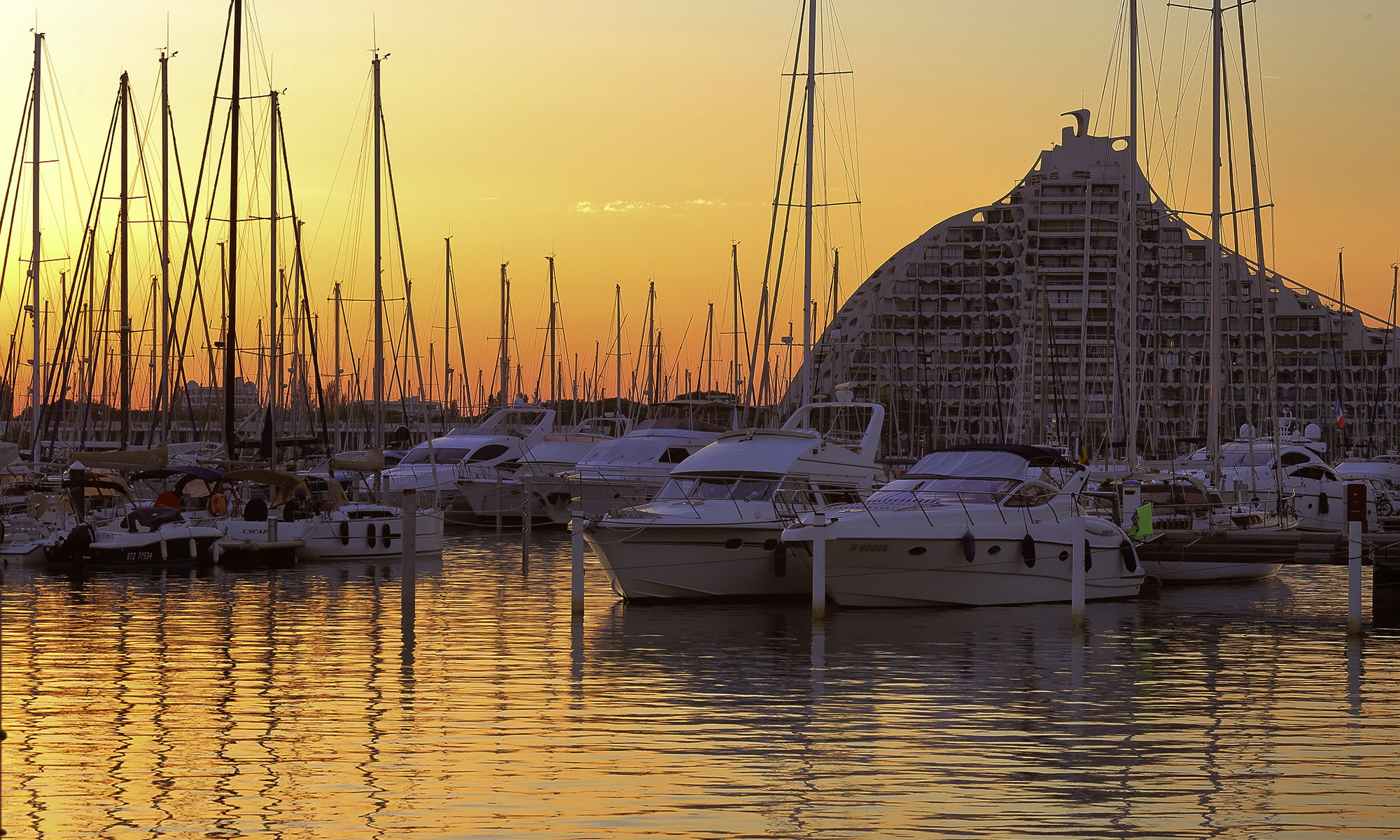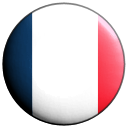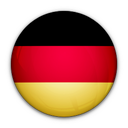1 - The big pyramid

Which explains its striking originality. The side facing the Levant neighbourhood presents a straight-lined slope, while the rounded shape of the other side mirrors the style of Couchant neighbourhood. The design also engages with the landscape itself: the pyramid is shaped like an upside-down version of the Pic Saint Loup, a mountain well-known to residents of Montpellier. In the words of Jean Balladur:
[Balladur quote]: It foreshadows the curves of Le Couchant (the feminine side, the Yin) and draws a steep 60-degree line straight towards the Levant (the masculine side, the Yang).
La Grande Pyramide also marks out the axis of port and, as a dominant landmark, gives seafarers a point of reference.
At the foot of the building lies the Jardin des Médailles (Garden of Medals). Imposing sculptures, seemingly strewn around on the grass, form an imaginary bestiary. They were created by Albert Marchais, who also made the figures of ship's bows that flank the Avenue Robert Fages, up above the heads of passers-by.
And now, turn around.
In front of you stands the Port and its pyramids, designed by Jean Balladur himself. Did the architect draw his inspiration from the pyramids of Egypt? Actually, he didn't: the idea of pyramids came to him while he was visiting Mexico in 1962. These pyramids are therefore inspired by the pre-Columbians, not the Egyptians...
Their shape has more than just aesthetic value: it allows for a great number of balconies and terraces, providing outdoor areas for resident holidaymakers to enjoy the sun...
Just like the rest of the city, these buildings are thoughtfully positioned so as to filter out the prevailing winds. The pyramids on the seafront, for instance, slow down the sea winds and shield the city from the salty spray, thus allowing vegetation to flourish!
When you look at these pyramids around the harbour, or at La Grande Pyramide, it's impossible not to notice the geometric shapes livening up the façades of the buildings. Take a closer look: you'll see that these "modénatures" are on all the buildings.
Modé... what?
Modénatures: [French dictionary definition] "Ornamental treatment of a building". Over and above their aesthetic value, they protect inhabitants from the sun, the wind and... the neighbours! And also, they provide picture-perfect frames through which the port looks like a postcard designed by Jean Balladur himself!
Not far from La Grande Pyramide, on the harbour's innermost corner, you'll find another building designed by Jean Balladur: the Palais des Congrès. The architect called this the "pot-bellied ellipses"... now there's something to feed your imagination.
Discover the other points of interest by clicking on their image :




